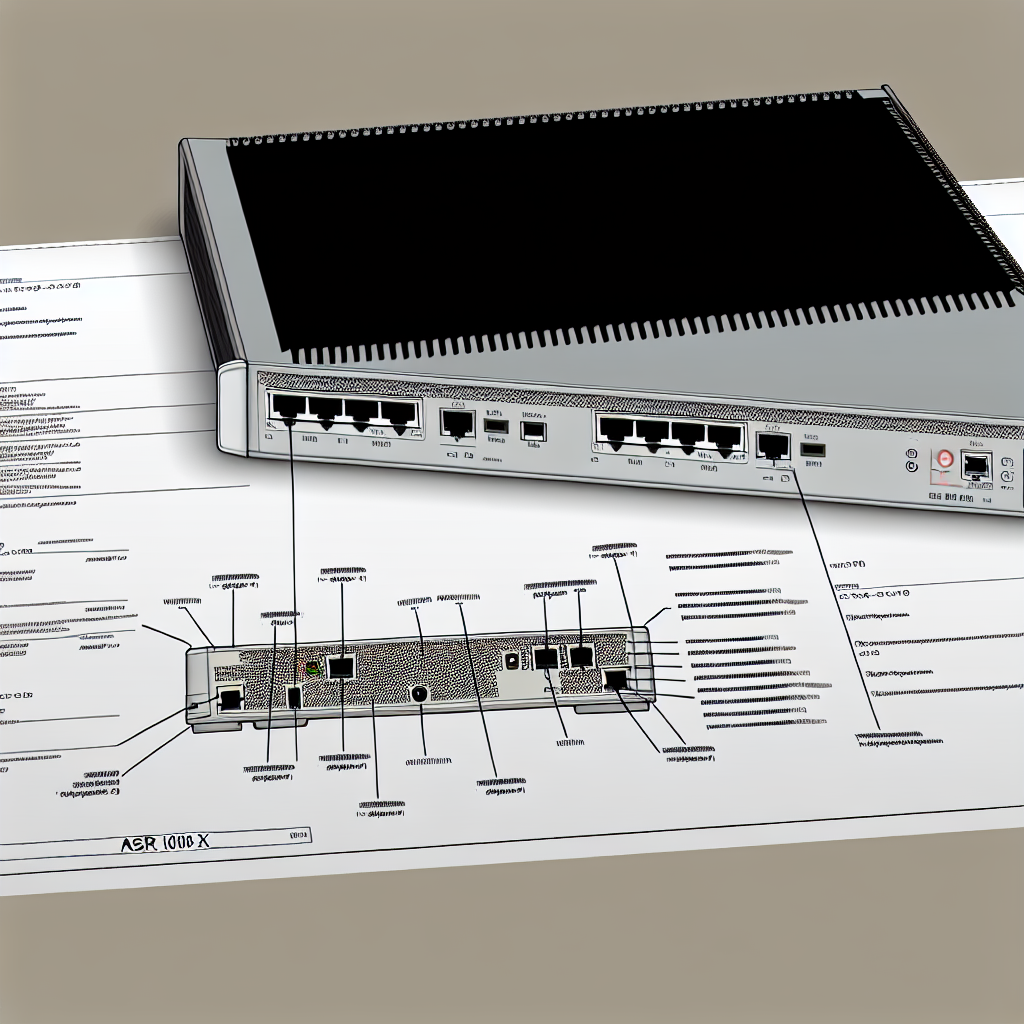Microsoft Addresses Critical CLFS and LDAP Vu
Microsoft Addresses Critical CLFS and LDAP Vulnerabilit...

The Cisco Aggregation Services Router (ASR) 1009-X is a high-performance, modular edge router designed to meet the demanding requirements of service providers and large enterprises. As part of the Cisco ASR 1000 Series, the ASR 1009-X delivers exceptional scalability, resiliency, and advanced services integration, making it an ideal platform for edge aggregation, data center interconnect, and service provider WAN deployments.
Architected with Cisco’s QuantumFlow Processor (QFP) technology, the ASR 1009-X provides deterministic wire-speed forwarding and advanced packet processing capabilities. This router supports a broad range of Layer 2 and Layer 3 services, including MPLS, VPNs, QoS, and advanced security features, enabling service providers to deliver differentiated services with high availability and operational efficiency.
The ASR 1009-X is engineered for high-density 10 Gigabit Ethernet (10GE) and 100 Gigabit Ethernet (100GE) interfaces, supporting both physical and virtualized network functions. Its modular chassis design allows flexible interface configurations and seamless scalability, ensuring investment protection and adaptability to evolving network demands.
The ASR 1009-X chassis is a 9-slot, 6 RU (rack units) modular platform designed for high-density aggregation and edge routing. It supports up to 6 line cards, with the remaining slots reserved for redundant route processors and power supplies.
The ASR 1009-X supports dual redundant Route Processors (RPs) for high availability. The RPs run Cisco IOS XE software and provide control plane functions, including routing protocol processing, management, and system services.
The ASR 1009-X supports a variety of line cards to accommodate diverse interface types and densities:
The ASR 1009-X employs a distributed switching fabric architecture that enables line-rate forwarding across all ports. The fabric supports up to 720 Gbps of aggregate throughput, ensuring no bottlenecks in high-demand environments.
The router supports redundant, hot-swappable power supplies and fans to ensure continuous operation. Power supplies are available in AC and DC variants, with power consumption optimized for energy efficiency.
Running Cisco IOS XE, the ASR 1009-X supports a comprehensive suite of routing protocols and services:
The ASR 1009-X is engineered to deliver up to 720 Gbps of switching capacity, enabling service providers to aggregate large volumes of traffic without compromising performance. Its modular design allows incremental scaling by adding line cards or upgrading route processors, providing investment protection and future-proofing.
Cisco’s proprietary QuantumFlow Processor (QFP) technology integrates multiple packet processing engines on a single silicon die, enabling deterministic wire-speed forwarding with deep packet inspection. This architecture supports complex services such as deep packet classification, advanced QoS, and security enforcement without performance degradation.
The ASR 1009-X supports redundant route processors, power supplies, and fans, ensuring continuous operation in mission-critical environments. Features such as Stateful Switchover (SSO) and Nonstop Forwarding (NSF) minimize downtime during failover events, maintaining service continuity.